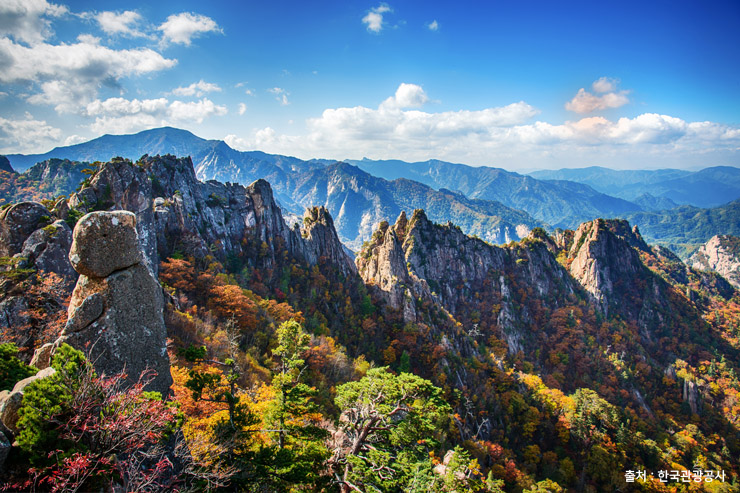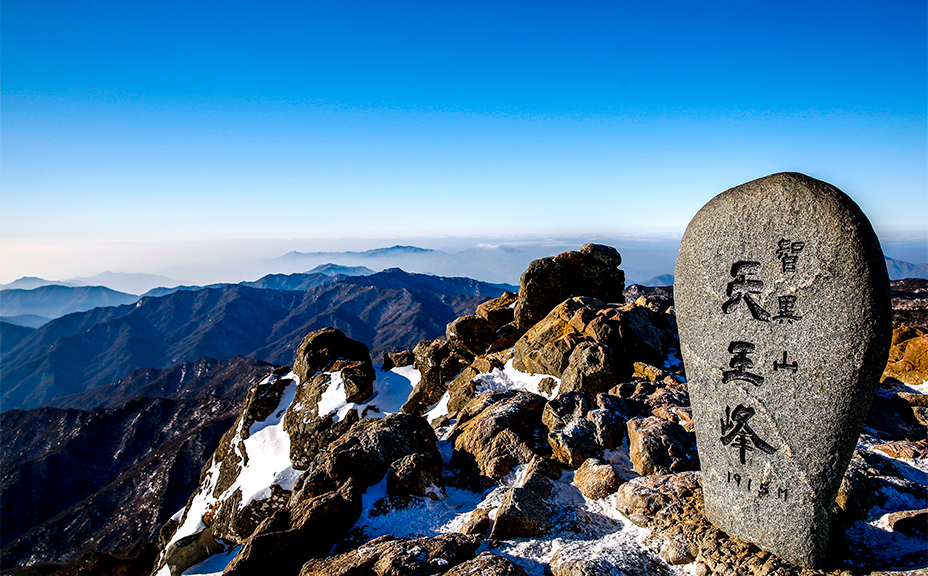Hello nature and travel enthusiasts! 👋 If you’ve ever visited South Korea, you quickly realize that the country is not just about bustling cities and K-Pop—it's also about mountains. Over 70% of Korea's landscape is mountainous, and hiking, or Deungsan (등산), is more than just a hobby; it's a deep-seated cultural ritual. For Koreans, hiking is a way to escape urban stress, connect with nature, and seek longevity. I want to guide you through the unique aspects of this vibrant culture and introduce you to the must-climb peaks! Get your Gore-Tex ready! 🎒
1. The Phenomenon of Deungsan: A Social and Spiritual Act 🏔️
Korean hiking culture stands out due to its intensity and unique social characteristics. It's truly a multi-generational activity that requires commitment, and often, high-fashion mountaineering gear!
- The Gear Culture: Forget casual wear. Korean hiking culture is famous for its colorful, top-of-the-line head-to-toe high-tech attire. This 'Full Gore-Tex' look signals seriousness and preparation.
- The Social Ritual: Hiking is often done in groups, fostering strong community bonds. The hike itself is challenging, but the shared struggle and collective achievement are key to the experience.
- The Spiritual Escape: Climbing provides a valuable respite from Korea's famously intense work culture. It's seen as a necessary act of physical and mental cleansing.
Always greet fellow hikers with a friendly "Annyeonghaseyo" or "Sugo Haseyo" (you are working hard) as you pass them on the trail. This simple gesture is a crucial part of the shared mountain community.
2. Top Recommended Mountains for Every Level 🏞️
From rocky peaks overlooking Seoul to the majestic national parks, Korea offers diverse terrain. Here are five essential mountains every visitor should consider exploring, depending on their physical level and desired experience.

- Bukhansan National Park (Seoul): Famous for its dramatic granite peaks and stunning city views. Highly accessible via subway, making it perfect for a challenging day trip.
- Seoraksan National Park (Gangwon): Often cited as Korea's most beautiful mountain. Offers rugged terrain, deep valleys, and breathtaking autumnal foliage. Requires at least 2-3 days to fully explore.
- Hallasan National Park (Jeju Island): The highest peak in South Korea, featuring a unique volcanic crater lake at the summit. The ascent and descent must typically be completed in one day.
- Gwanaksan (Seoul Vicinity): Popular for its accessibility and rocky, challenging routes near university areas (SNU). Great for a shorter, intense hike.
- Jirisan National Park (South Korea): Korea's largest mountain park, known for its vast, long-distance trails and spiritual significance (home to many temples). Ideal for multi-day trekking.




Mountain Selection Guide
| Mountain | Best For | Difficulty (Max Peak) |
|---|---|---|
| Bukhansan | Day trip, City views | Medium to Hard (Steep rocks) |
| Seoraksan | Aesthetic, Autumn foliage | Hard (Long routes, high elevation) |
| Hallasan | Highest peak, Volcanic crater | Medium to Hard (Lengthy but maintained trails) |
3. The Post-Hike Ritual: Makgeolli and Pajeon 🍻
The completion of a Deungsan is often sealed with a satisfying communal meal. The most famous combination is Makgeolli (막걸리), a traditional rice wine, paired with Pajeon (파전), a savory green onion pancake, or Dubu Kimchi (tofu with stir-fried kimchi).
Makgeolli is often consumed after the hike, in restaurants at the foot of the mountain. Drinking alcohol during or just before climbing is generally frowned upon and highly dangerous, especially on Korea's steep, rocky terrain.
- The Summit Snack: While alcohol is saved for later, at the peak, Korean hikers often share packed Kimbap, hard-boiled eggs, or fruit, which are light but energizing.
- The Energy Boost: This post-hike meal is seen as the final reward, celebrating the physical effort and restoring balance to the body after hours of climbing.
4. Planning Your Hike: Practical Tips 🧭
To ensure a safe and enjoyable experience, here are a few practical tips for planning your Deungsan in South Korea.
- Best Season: Spring (April/May) and Autumn (September/October) offer the most comfortable temperatures and the most spectacular scenery (cherry blossoms or fall foliage).
- Crowd Management: Trails, especially in Bukhansan, are extremely crowded on weekends. If possible, try to hike on a weekday to enjoy more peace.
- Trail Maintenance: Korean national park trails are generally well-maintained, featuring ropes, stairs, and clear signage (often in English). However, they remain very steep and rocky, requiring sturdy footwear.
Conclusion: The Call of the Korean Peaks 📝
Embracing Deungsan culture is the best way to understand the heart and spirit of South Korea. It’s a rewarding challenge that mixes intense physical activity with spiritual calm and delicious communal food.
Lace up your hiking boots, pack your Kimbap, and don't forget the Makgeolli money for later. Go conquer a Korean mountain—you won't regret the view or the culture! If you have any questions about specific trails, let me know! 😊



